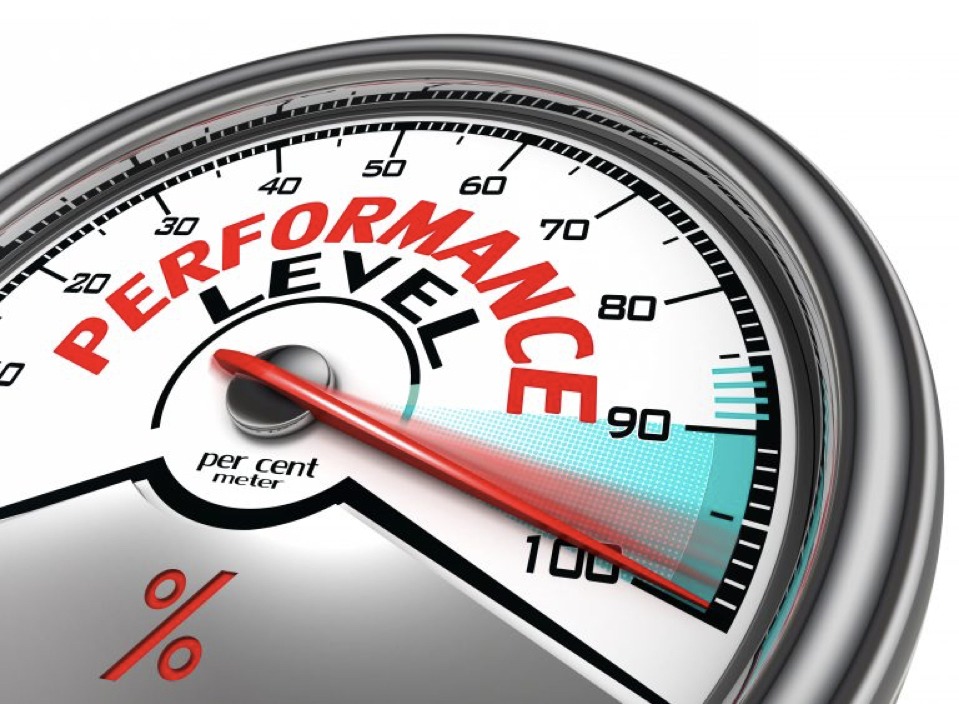
The efficiency of production processes is influenced by many factors. In the average industry, over 70% of all factors are caused by other factors then assets. Traditional maintenance programs are mainly focussing on assets and costs. Future maintenance programs are about maintaining and continuously optimising ALL factors influencing efficiency. This means the maintenance focus is changing from “maintaining assets” to “maintaining the failure behaviour of production processes”.
Maintenance influences efficiency. Professional Maintenance Programs must influence the failure behaviour of production processes, in order to manage C.A.R.E (Cost – Availability – Reliability – Efficiency).
To care about C.A.R.E., professional maintenance programs must be developed in a structured way. For high – medium – low critical processes we use different methodologies to develop maintenance concepts. Thorough and rigorous where it is needed and fast and superficial where it is allowed. Theoretical maintenance concepts must be nested to practical maintenance plans and will update the CMMS regularly. In the CMMS the maintenance plan is connected to the executive agenda to become the maintenance program.
Failure behaviour in production processes changes in time due to many reasons. This is why a dynamic production process should never be maintained with a static maintenance program! Each professional maintenance program must be connected to the ACTUAL failure behaviour.
Using the most important kpi “MPE” (Maintenance Program Effectiveness), maintenance and reliability professionals are able to Maintain ALL factors that influence C.A.R.E.
DORA software uses three methodologies to develop new and optimise existing maintenance programs and continuously optimises and cares about C.A.R.E.
METHODS
The actual failure behaviour is highly important to care about C.A.R.E (Cost – Availability – Reliability – Efficiency) and continuously improve. Using of FMEA or FMECA is structuring describing the failure behaviour. We see many different FMEA’s and FMECA’s and one of the most common mistake is that FMEA’s are filled with failures instead of failure modes and the importance of describing Failure Effects is drastically underestimated. Also many think FMECA should be used for high critical processes, due to the C of criticality. But the methodology Reliability-centred Maintenance (RCM) advises to use a FMEA for high critical processes and for sure not a FMECA. RCM uses the process FMEA, while other methodologies like Object Driven Maintenance (ODM) and Quick Maintenance (QM) use the Object FMEA or FMECA.
When the failure behaviour is described in the right way, the FME(C)A is used to evaluate all the criteria to develop the maintenance concept. This is done using the Decision strategy. RCM / ODM and QM use different strategies which look very familiar. The three methodologies all use the definitions as described in the worldwide accepted RCM standard SAE JA1011.
RESULTS
It is of utmost importance to understand that maintenance programs are never finished. Maintenance is about ALL factors that influence C.A.R.E and are influenced by:
So the result should be “Become Better Each Day”.
CONCLUSION
When failure behaviour is the opportunity to optimise C.A.R.E., who:
and which terminology is used in order to understand each other and talk the same language?
I strongly believe that the logic behind Reliability-centred Maintenance explains most mechanisms described above.
Therefore the need to use certified people on a RCM Level 1 and RCM Level 2 are absolutely necessary to be able to improve C.A.R.E. and continuously “Become Better Each Day”.
DORA software is build to facilitate all these processes and only accessible by certified people who understand all the mechanisms that drive and care C.A.R.E.
Rik Plattel, Director of European Reliability Centre (ERC) B.V., www.ercbv.eu, www.dorasoftware.com